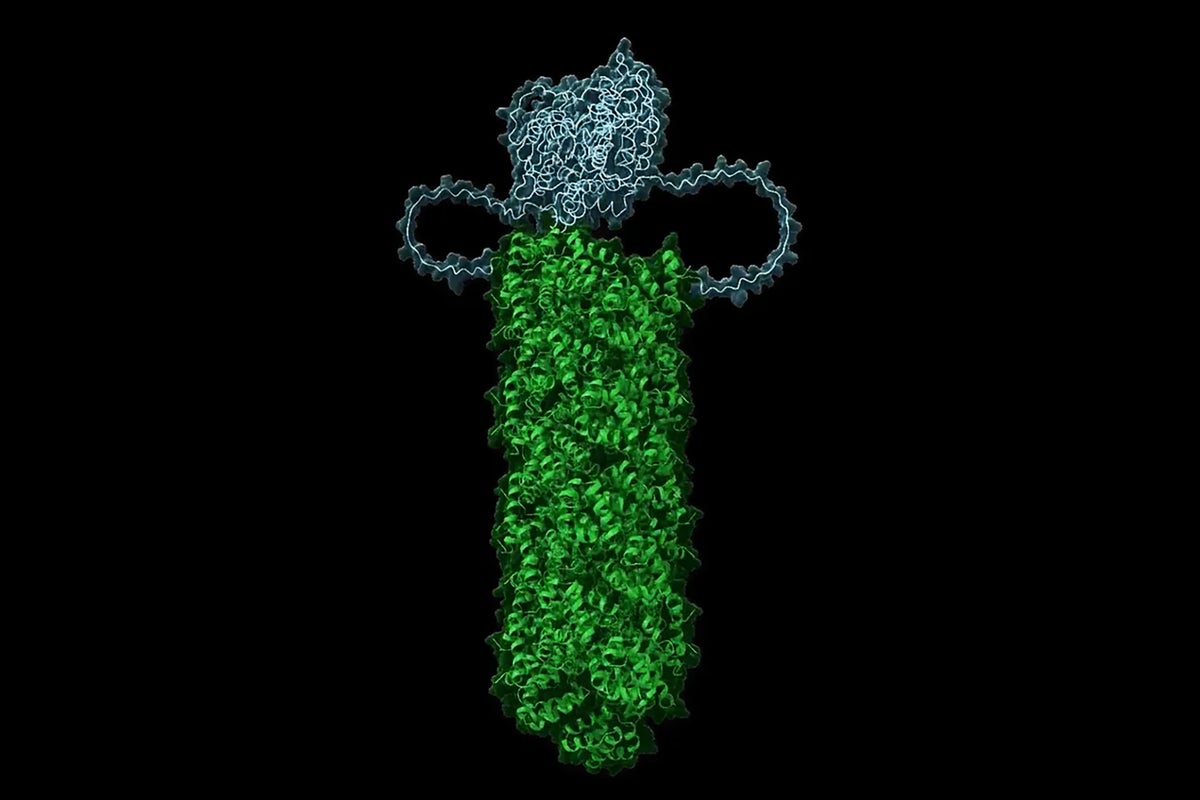
"Now researchers have discovered that a special group of about 100 immune proteins hangs out inside every cell in the body, where these proteins do nothing but wait. Then, when a virus breaks in, it seeds a crystal, and the proteins instantly clump around it, forming a scaffold for enzymes known as caspases to activate and immediately initiate cell death."
"The kind of cell death caused by this mechanism is called pyroptosis, and unlike apoptosis (programmed cell death), it triggers inflammation. What we found, in essence, is that the cells are literally waiting to die all the time, says Randal Halfmann, an associate investigator at the Stowers Institute for Medical Research. Halfmann oversaw the work, which was published in eLife in September."
About one hundred immune proteins reside inactive inside each cell, poised to respond to viral invasion. When a virus enters, it nucleates a crystal that causes these proteins to rapidly aggregate, creating a physical scaffold that brings caspase enzymes into close proximity. Caspase proximity activates their proteolytic function and triggers pyroptosis, a form of programmed cell death that induces inflammation and can prevent viral spread. This mechanism balances rapid antiviral defense against the risk of unnecessary cell loss. Recognition of membrane-less higher-order protein assemblies is reshaping understanding of cellular decision-making and immune signaling.
Read at www.scientificamerican.com
Unable to calculate read time
Collection
[
|
...
]